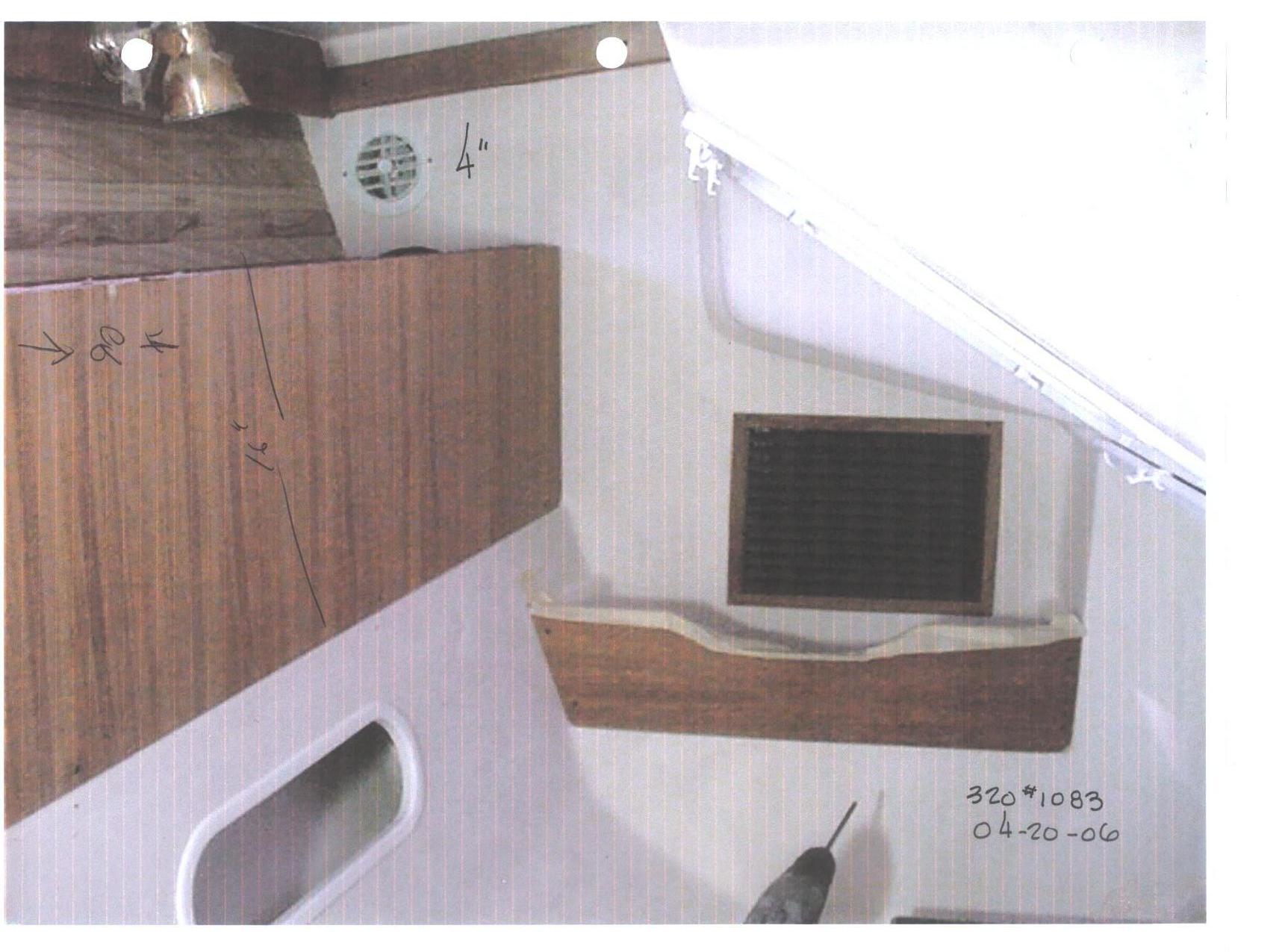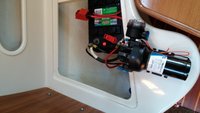
If you happen to have a Perkins M30 diesel in your 320 and you idle the engine to charge your batteries, you risk building up carbon deposits in the cast iron exhaust elbow at the rear of the engine where the raw water mixes with the engine exhaust on its way to the water lift muffler. When this occurs, the symptoms typically include loss of engine rpm coupled with excessive amounts of thick black smoke caused by incomplete combustion of fuel since the engine can’t “breathe”. Removal of the elbow is pretty straight forward although the four nuts that secure it to the exhaust manifold can be a bit of a challenge.

You could opt to clean and reinstall the elbow if it’s in otherwise good shape, however if it looks like the one pictured here you’ll have to spend the $350 or so for a new one. Either way after tackling this job you will probably find fewer reasons to idle your engine in the future.
John Dean, Midnight Run, #227



